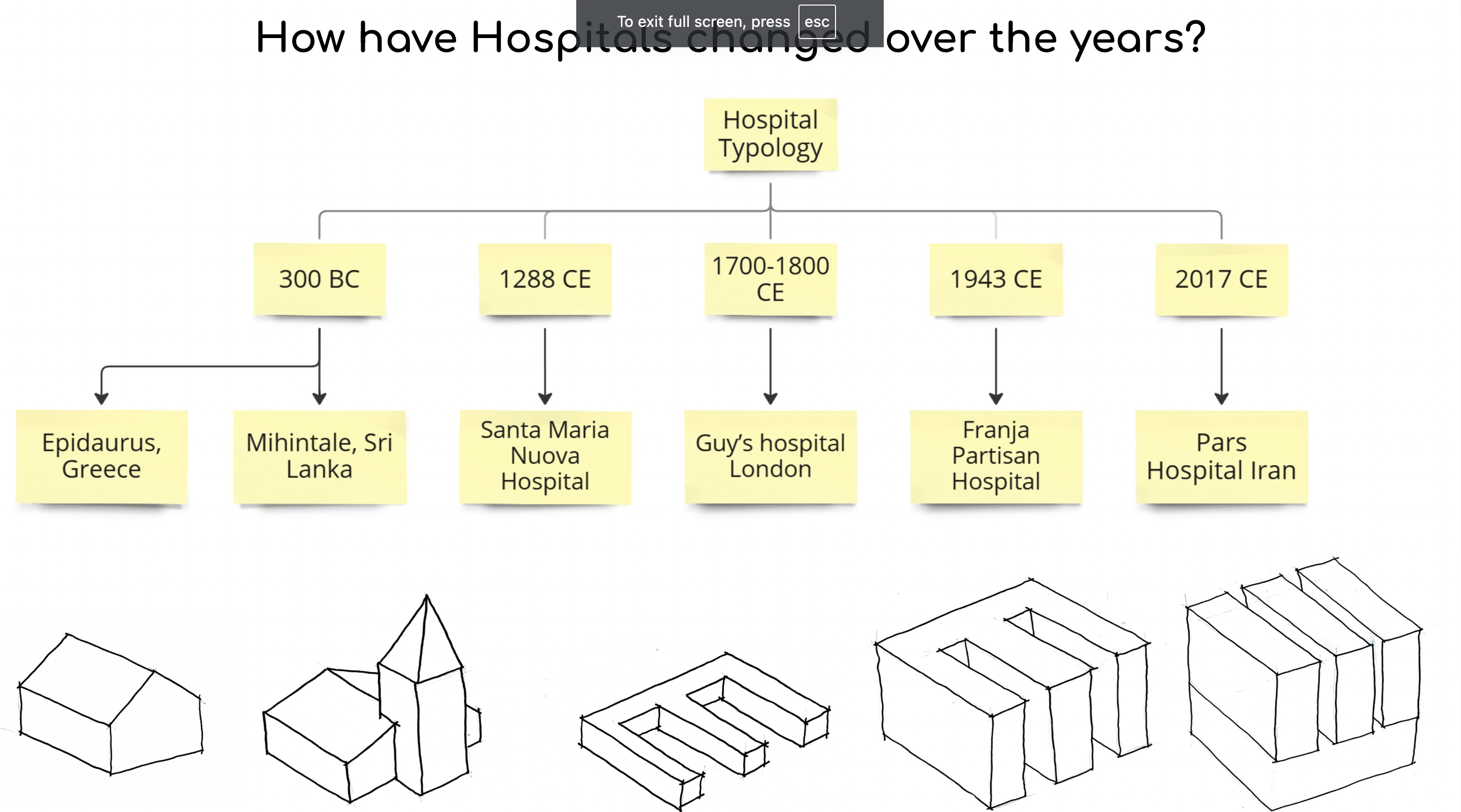Sem 03 / Culture Studies
Spatial History of the World
Prasad Khanolkar
This course explores the spatial history of the world through the conceptual and methodological lens of ‘architectural type’. In doing so, it aims to move away from thinking of architectural history as a history of styles or history of different -isms. This does not mean that style and -isms aren’t part of the architectural history, but rather they are one of the many forces that are at work in producing spatial forms historically.
The course began with an interrogation into the concept of ‘type’ and how the concept of type has evolved and been criticized. Rather than following an idea of type, these readings were explored to draw out different parameters for understanding what is type: type as an idea, type as geometric form, type as a cultural form, type as a social agreement, type as prototype, and so on. A discussion of the different parameters helped arrive at a rough understanding of type–that is, type a particular configuration of spatial relations–spatial relations that are a result of concurrent forms of political economy, sovereignty, legalities, religious systems, as well as everyday life.
Alongside, students were introduced to the idea of understanding type through diagramming specific architectural projects. They were asked to analyze architectural projects through diagrams of spatial, structural, and geometrical forms. The idea of understanding type through diagrams was then used by the students to study the genealogies of different institutional forms, including libraries, restaurants, stadiums, factories, and so on. The aim of the exercise was to help students investigate the changing architectural types in relation to historical contexts as well as how these types travel across the world.



Excerpts from the discussions